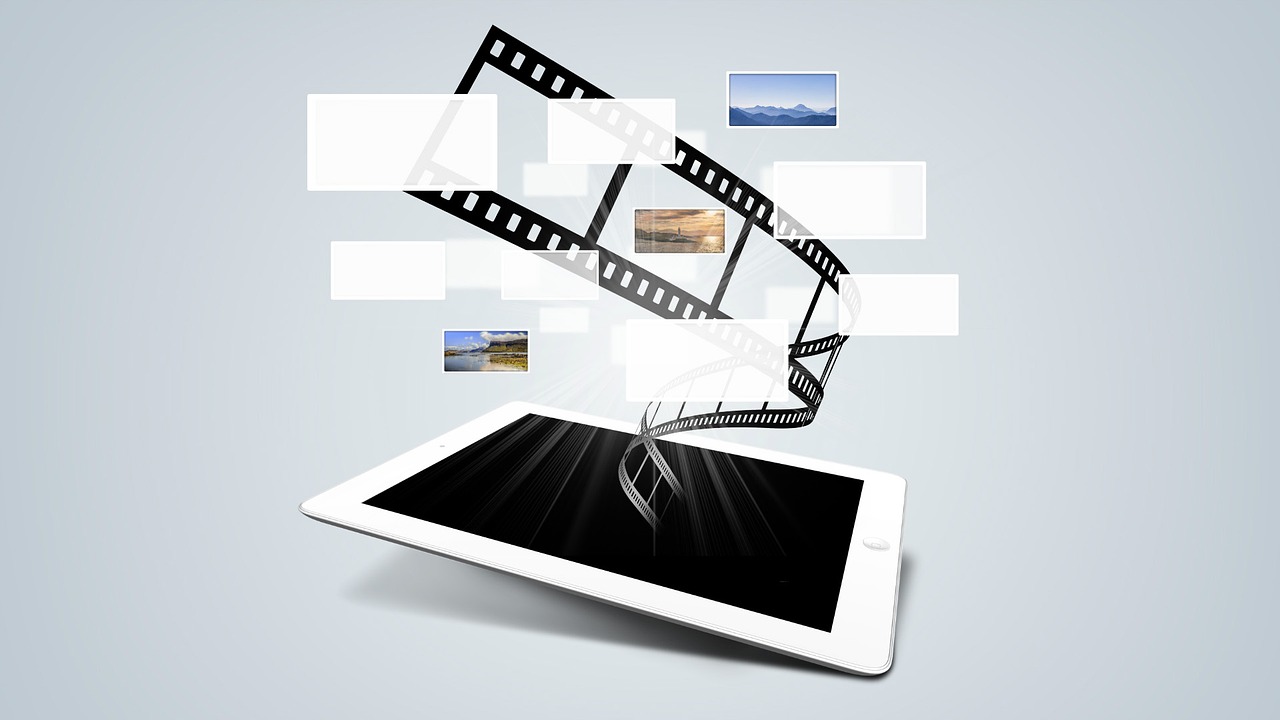
This Week’s Insights: Algorithms narrow our choices to what we already like… How about recommendations that work outside our usual channels?… Research suggests why we value digital less than physical… CD sales rise (surprisingly)… Five ways technology is changing the music experience.
- Are We Getting Fed Up With Recommendations? We are depending on recommendation engines more and more. They determine what social media we see, they choose movies and music for us, and they increasingly direct our news habits. In a sea of content of course we want help sorting through it. And who doesn’t like seeing things we already want to see? But recommendation engines tend to reinforce what we already like. And they reinforce our prejudices and habits and tastes. Not necessarily a good or healthy thing. So how do we break out of our familiar and predictable behavior. Maybe it’s about trust? “I love books that make me backtrack my own declarations of preference, ones that catch me off-guard, surprise me, keep me on my toes. I want stories that don’t fit into easy boxes, ones that defy their own ostensible categorization, that make those who recommend them stumble, before finally saying, ‘Just trust me.’ The problem, of course, is that in most cases, we aren’t offered this kind of tailored option.
- So Maybe It’s The Algorithms That Lead Us Astray? Recommendation engines are powered by algorithms, and it was a tough year for them. “Algorithms that amplify fear and help foreign powers put a finger on the scale of democracy? These things sound dangerous! That’s a shift from just a few years ago, when ‘algorithm’ primarily signified modernity and intelligence, thanks to the roaring success of tech companies such as Google—an enterprise founded upon an algorithm for ranking web pages.”
- Why We Value Digital Less Than Physical Things (Even When Digital Is Superior): We instinctively value things we can touch over ephemeral bits and bytes, say researchers. “Despite the many advantages conferred by digital goods, comparable versions of physical goods are valued more. When a physical good such as a paper book, a printed photograph, or a DVD is digitized, it loses some of its value to buyers. Our experiments suggest that the key driver of this value loss is not the resale value of the good, or how much it costs to make, or how long it can be used, or whether it’s unique or popular. We find that the key difference is that digital goods do not facilitate the same feeling of ownership that physical objects do.”
- The Comeback Of CDs May be Proving This: Why does anyone listen to CDs anymore, let alone buy them? (and we’re not even talking about the whole vinyl resurgence). But while the comeback of vinyl has attracted all the attention, and while CD sales are still a small segment of the market, there’s been a surge in CD sales too. “David Bakula, who oversees Nielsen’s industry insights operations, said the changes in digital habits mean the CD is representing a larger share of the declining album sales market. He believes that writing the obituary for the CD is premature as labels look to bolster album sales however they can, while older listeners stick to their usual buying habits.”
- How Technology Is Changing The Music Experience: Well, for one thing, your favorite music, singer and/or band might not even be human. Artificial intelligence, algorithms, holograms – they’re all impinging on human musicians. Then there’s 3D mapping, which can insert audience members onto the stage with their favorite musicians. Technology has been part of music ever since the first musician picked up a flute. But increasingly technology is changing not just the means of producing music, but replacing composers and performers. The music industry is being transformed in front of us. But before you despair, it may also make us appreciate more the human musicians who will stand out from the electronica.
Are the algorithms that manipulate us really something that new? A quote of Edward Bernays, the father of modern public relations, worth the read in this context:
“The conscious and intelligent manipulation of the organized habits and opinions of the masses is an important element in democratic society. Those who manipulate this unseen mechanism of society constitute an invisible government which is the true ruling power of our country. …We are governed, our minds are molded, our tastes formed, our ideas suggested, largely by men we have never heard of. This is a logical result of the way in which our democratic society is organized. Vast numbers of human beings must cooperate in this manner if they are to live together as a smoothly functioning society. …In almost every act of our daily lives, whether in the sphere of politics or business, in our social conduct or our ethical thinking, we are dominated by the relatively small number of persons…who understand the mental processes and social patterns of the masses. It is they who pull the wires which control the public mind.”
As the wiki article about Bernays notes: “His best-known campaigns include a 1929 effort to promote female smoking by branding cigarettes as feminist ‘Torches of Freedom’ and his work for the United Fruit Company connected with the overthrow of the Guatemalan government in 1954.”
Cigarettes as Torches of Freedom. That’s almost as rich as Reagan calling his Central American death squads Freedom Fighters….